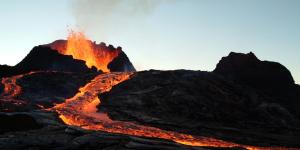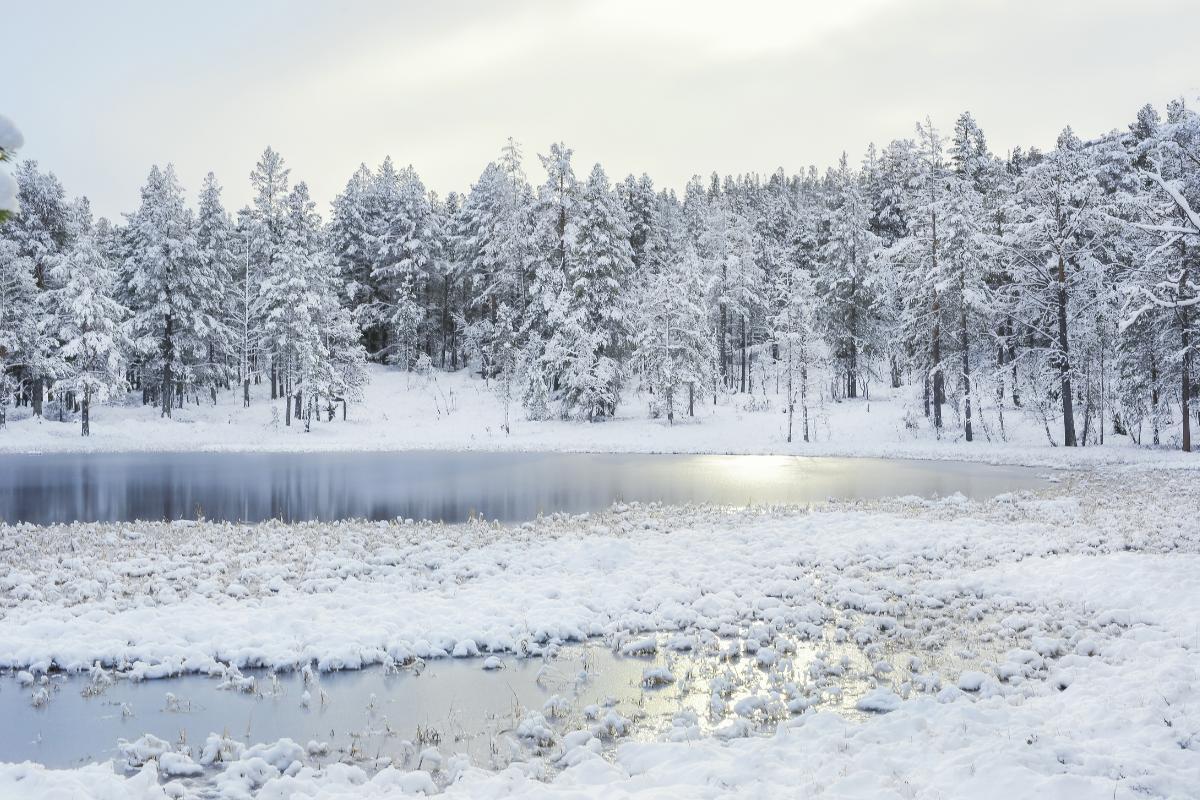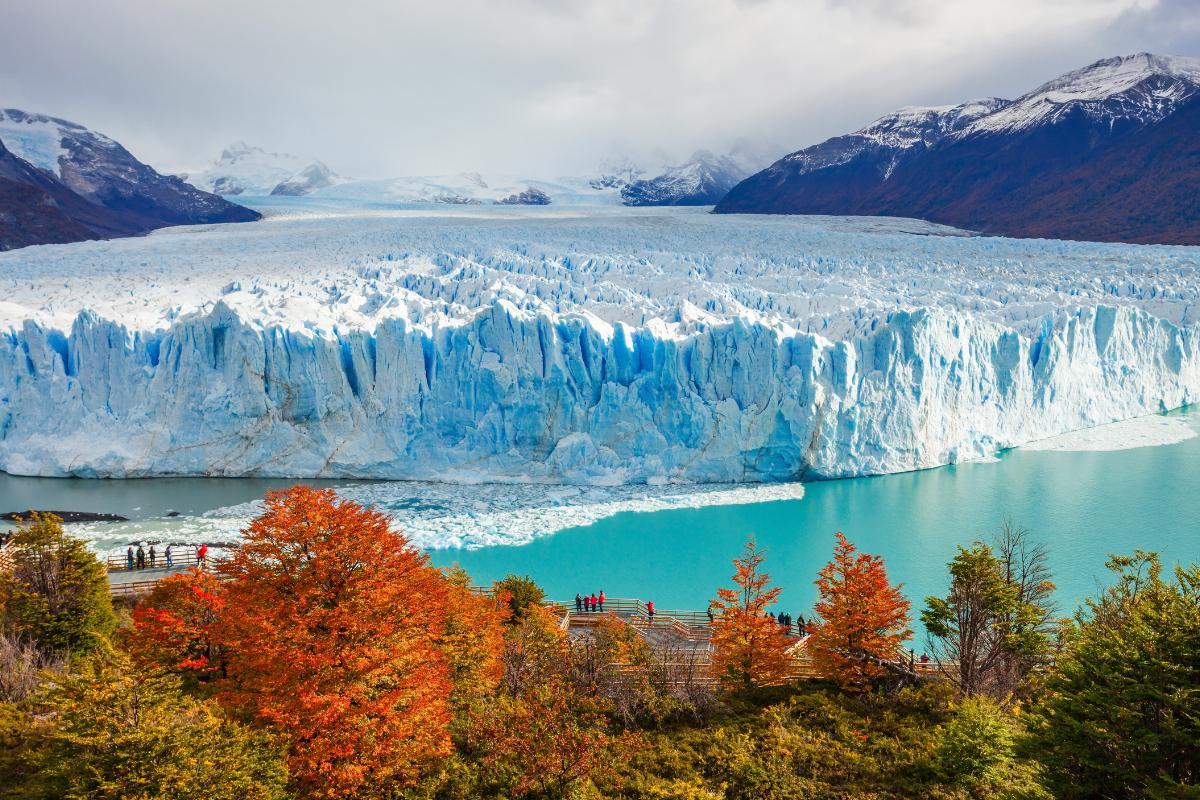Types of Snow - Names and Formation


Snow manifests itself in the form of ice crystals that fall from the clouds as a form of precipitation. While this may sound like a relatively simple meteorological phenomenon, it require a complex network of environmental events to form. It is also different from other types of frozen precipitation such as hail. Although it forms in the atmosphere, snow is very important for terrestrial and aquatic ecosystems. We can see this in the crucial role it plays in glacial dynamics and many other functions.
Not all snow is the same. It can have different characteristics and have variations in its formation. This is why thedailyECO presents our guide to the different types of snow with names and photos.
What is snow?
Snow is a meteorological phenomenon that manifests itself in the form of ice crystals that fall from clouds into the atmosphere and accumulate on the Earth's surface. This phenomenon is common in cold regions and is associated with specific weather conditions. Once the falling snow has landed, it is known as snowfall.
The characteristic feature of snow is its white and soft appearance, which often covers entire landscapes with a uniform blanket. This meteorological event not only has an aesthetic impact by transforming the environment into a winter scene. It also influences various aspects of daily life within the ecosystem in which it occurs.
During winter, snow can cover vast areas of land. These include forests and fields with little human settlements and urban areas with large human populations. This white layer has the ability to modify the perception of the landscape, offering a unique and calm visual palette. In addition, snow has particular acoustic properties, absorbing sounds and creating a quiet and peaceful environment when sufficient snowfall is present.
The process of snow formation and its subsequent accumulation in the soil plays a crucial role in the water cycle. When snow melts, the resulting water feeds into streams and rivers, contributing to the supply of fresh water in various regions of the world. Learn more about supplies of water fresh water resources with our article on the different types of aquifers.
On a social and cultural level, snow has influenced the creation of traditions and recreational activities. From winter sports like skiing and snowboarding to building snowmen, this weather phenomenon has inspired various forms of entertainment and celebration.
Snow can also present many challenges, especially in terms of mobility and safety. Significant accumulations can make transportation difficult and increase the risk of accidents such as the formation of avalanches in mountainous areas. Snow management then becomes a crucial part of urban planning and preparation for winter weather events.

How does snow form?
The formation of snow requires a process known as crystallization. We better understand how snow forms via crystallization by looking at the steps of snow formation:
- This process begins in clouds where small water particles condense around tiny dust nuclei in the air. When the temperature in the atmosphere is sufficiently, water droplets in clouds freeze and form ice crystals.
- These ice crystals clump and join together into complex hexagonal structures. The variety of shapes and patterns of these ice crystals contributes to the diversity of falling snow.
- As ice crystals continue to grow, they can join together to form larger snowflakes. Each snowflake is famously of its own unique natural design.
- These snowflakes fall toward Earth when they are heavy enough or when atmospheric conditions allow their descent. When they reach warmer temperatures during their descent, snowflakes can partially melt into water droplets before hitting the ground.
- Once on the Earth's surface, snowflakes accumulate to form the snow cover we see (as shown in the photo above). The amount of snow that accumulates depends on several factors, such as air temperature, the duration of precipitation and the previous existence of snow on the ground.
You can learn about another type of precipitation which also has an important impact on ecosystems with our article on what is a torrential downpour?
Types of snow
We have already stated that snow is not a homogeneous meteorological phenomenon. In fact, there are different types of snow that vary in their composition and characteristics. The classification of snow types is carried out according to various factors, such as temperature, humidity and atmospheric conditions at the time of their formation. With these factors and the photos above in mind, we can see the different types of snow are:
- Powder snow: this type of snow is characterized by having small and loose crystals. It is usually light and dry, making it ideal for winter sports such as skiing and snowboarding. Powder snow forms when temperatures are very cold and humidity is low, allowing ice crystals to develop individually.
- Wet or sticky snow: unlike powder snow, wet snow contains more moisture and tends to adhere itself to surfaces more than dry snow. It forms in conditions where temperatures are slightly above freezing point. This snow is excellent for building snowmen, as it has a more moldable consistency.
- Hail: although not technically a type of snow, hail is a related phenomenon. It forms when water droplets freeze in the upper layers of a cloud and then fall and refreeze before hitting the ground. Hail granules can vary in size and may resemble compact snowballs. Learn more about hail formation with our article on the cold drop weather phenomenon.
- Blizzard snow: forms in windy conditions, with strong winds lifting and transporting fallen snow, creating uneven accumulations and mounds known as snow dunes. This type of snow often has a rougher and more compact texture.
- Melting and remelting snow: when snow melts during the day and freezes again at night, melting and remelting snow is formed. This cycle of melting and freezing can result in a layer of ice on the surface, which can make conditions slippery and dangerous.
- Snow grains: grain snow crystals are small and round, and form when water droplets freeze quickly on the surface of existing snow. This type of snow can result in a rough, grainy surface.
- Snow pellets: also considered a type of hail, snow pellets occur when water droplets freeze in supercool temperatures onto falling snowflakes which form rounded balls of rime crystals. It is sometimes known as graupel, although it is rarely referred to as soft hail anymore.
You may have heard of a type of snow known as pink or watermelon snow. Although it may appear as if it is a type of snow due to its name, this is actually due to an algae cumulation on snow. Learn more with our article on what is watermelon snow?

Importance of snow in glacier dynamics
Snow plays a fundamental role in the dynamics of glaciers, contributing to both their formation and their evolution. Thanks to these glaciers, numerous ecosystems are supplied with fresh water. When this occurs, a greater level of biodiversity develops.
The snow that accumulates on top of a glacier is essential for its growth and maintenance. Over time, snow layers compress under their own weight, turning into ice. The continuous accumulation of snow in the accumulation zone of a glacier is necessary to maintain and increase its mass.
In ablation zones, ice melts or moves through processes such as sublimation and the calving of icebergs in marine-type glaciers. The ability of snow and ice to transport sediment is another important aspect. As the glacier flows, it can carry rocks and sediment with it, contributing to erosion and the formation of geological features such as moraines and U-shaped valleys.
Now you know a little about the relationship between snow and glaciers, you may be interested in learning more about what is a glacial moraine?

If you want to read similar articles to Types of Snow - Names and Formation, we recommend you visit our Meteorological phenomena category.








